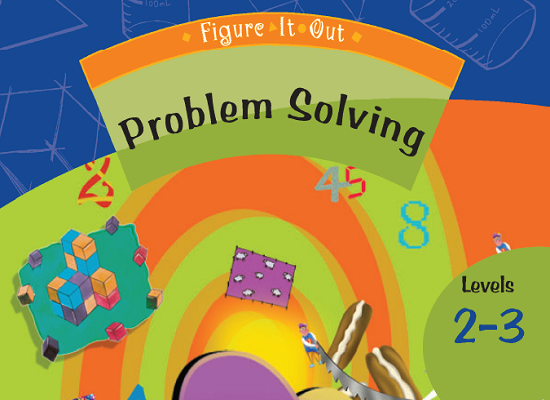Join the queue
These are level 3 number and statistics problems from the Figure It Out series. A PDF of the student activity is included.

About this resource
Figure It Out is a series of 80 books published between 1999 and 2009 to support teaching and learning in New Zealand classrooms.
This resource provides the teachers' notes and answers for one activity from the Figure It Out series. A printable PDF of the student activity can be downloaded from the materials that come with this resource.
Specific learning outcomes:
- Find outcomes using a tree diagram (Problems 1 and 3).
- Use addition and subtraction facts to solve problems (Problem 4).
Join the queue
Achievement objectives
NA3-1: Use a range of additive and simple multiplicative strategies with whole numbers, fractions, decimals, and percentages.
S3-3: Investigate simple situations that involve elements of chance by comparing experimental results with expectations from models of all the outcomes, acknowledging that samples vary.
Required materials
- Figure It Out, Levels 2-3, Problem Solving, "Join the queue", page 6
See Materials that come with this resource to download:
- Join the queue activity (.pdf)
Activity
This is an ideal problem for students to act out by taking the parts of Celia, Ally, and Bert. Making an organised list is another useful strategy, such as:
CAB ACB BAC
CBA ABC BCA
The solution can also be found by using a tree diagram:
Extending the problem by adding another person to the bus stop line increases the number of possible orders to 4 x 3 x 2 x 1 = 24, which is 4! (called “four factorial”).
Focusing on the way in which the digital clock shows times such as “5 minutes past 8” (that is, 8:05) will be significant for some students.
Students may discuss whether 1:01 is the next time to meet the criteria. Although it is mathematically correct, in that 01 is the same as 1, this problem requires both the hour number and the minute number to look the same.
Extend the problem by suggesting that 10:01 is a “mirror” time with the colon acting as the line of symmetry. Ask students to find other mirror times, such as 12:51.
This problem is very similar to Problem One in that it involves finding all the possible combinations.
Productive strategies include making an organised list, drawing a tree diagram, and making a table.
For example:
- a table of the problem would be:
|
Hill Rd |
Kaimai Rd |
New Rd |
Swamp Rd |
ü |
ü |
ü |
Middle Rd |
ü |
ü |
ü |
East Rd |
ü |
ü |
ü |
To see whether students can generalise their strategies, give them a similar problem, such as:
- How many different ways can you drive from Waiiti to Pickerton?
As 2 and 3 have a difference of one, it is possible to show all the integers ( … -4, -3, -2, -1, 0, 1, 2, 3, 4 … ). Encourage students to use the smallest number of key presses to show them.
For example:
- Eight can be shown by 3+3+2
- Ten can be shown by 2+2+3+3
Get students to experiment with other keys, such as 5 3 + – = , to see what numbers can be shown.
1.
a. 6
b. 24
2.
10:10
3.
a. 6
b. 9
4.
a. 2 + 2 + 3 =
b. It is possible to get all integers.
For example:
- 8 is 3 + 3 + 2 =
- and -1 is 2 – 3 =
The quality of the images on this page may vary depending on the device you are using.


